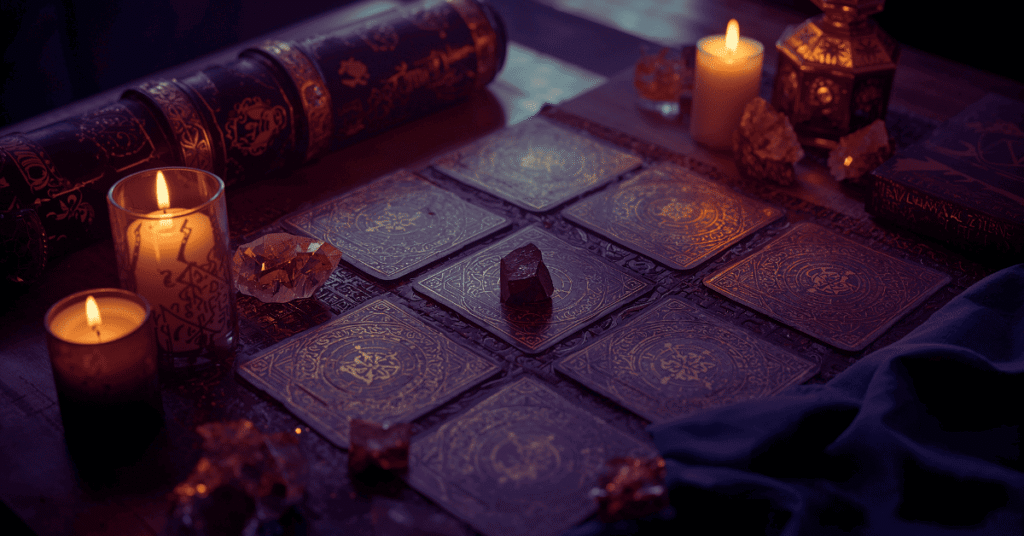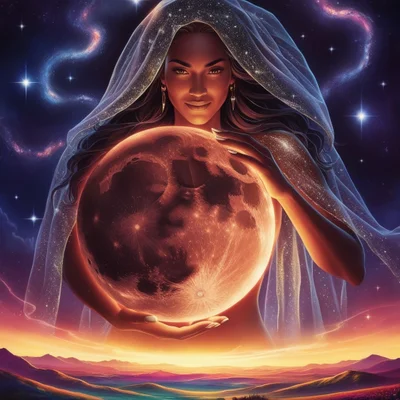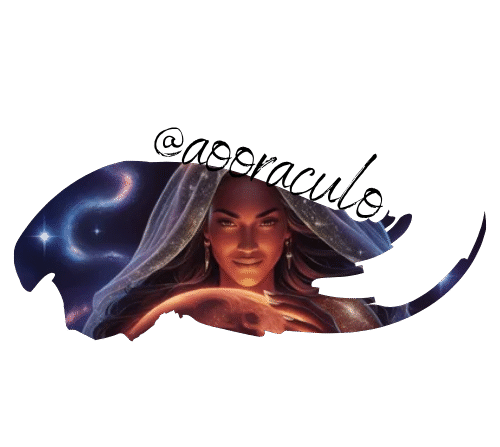The Misunderstood Card
Few Tarot cards strike fear as quickly as Death. The name alone makes many people nervous, and its imagery — often showing a skeletal figure with a scythe or riding a horse — reinforces its dark reputation. Across readings, people often gasp when they see it, fearing physical death or tragedy.

Yet the Death card is not a symbol of doom. In fact, it is one of the most profound cards in the Major Arcana. It speaks of endings, transformation, and rebirth — experiences that, while uncomfortable, are necessary for growth. This article will explore the symbolism of the Death card, its meanings in love, career, and spirituality, and why it is one of the most misunderstood yet powerful guides in Tarot.
The Visual Symbolism of Death
In classic decks like the Rider-Waite, the Death card shows a skeletal rider on a white horse, carrying a black banner with a white rose. Figures of royalty and common people alike fall before it, showing that no one escapes change.
Key symbols include:
- Skeleton: inevitability of change, stripping life to its core truth.
- White horse: purity of transition, the natural cycle of endings.
- Black banner with white rose: life after death, beauty emerging from darkness.
- Falling figures: universal transformation, regardless of status.
- Rising sun in the background: hope and renewal after endings.
While the image may appear frightening, it actually encodes a powerful message of regeneration.
General Meaning of the Death Card
At its core, the Death card signifies endings that make space for new beginnings. It does not necessarily mean physical death. Instead, it points to transitions, closure of chapters, and the release of what no longer serves us.
This card often appears when someone is clinging to the past, resisting change, or fearing the unknown. Its message is simple yet profound: life is a cycle, and death is not the end but a doorway.
Death in Love and Relationships
When Death appears in matters of the heart, it almost always speaks of transformation.
- For couples: It may represent the end of a relationship that has run its course, or the death of old patterns that no longer work. Sometimes it signals a deep renewal — letting go of toxicity so the relationship can be reborn.
- For singles: The card may mark the closure of past wounds, making space for someone new to enter. It can also indicate a shift in the type of partner you attract, as your own energy evolves.
- Emotional lesson: Death asks you to embrace endings with courage and to see them as preparation for healthier connections.
Death in Career and Finances
In career readings, Death signals the closing of one chapter and the start of another.
- Career: It can mean leaving a job, ending a project, or a company going through major changes. While unsettling, it opens doors to new opportunities that align with your purpose.
- Finances: The card warns against holding on too tightly to outdated financial habits. Sometimes a financial cycle must end before prosperity can return.
- Growth: Just as nature sheds leaves in autumn, you may need to release what is no longer productive in order to thrive.
Death in Spiritual Growth
On a spiritual level, the Death card is one of the most profound allies. It represents the death of the ego and the transformation of the soul.
- Letting go: Releasing beliefs, identities, or attachments that limit growth.
- Rebirth: Emerging stronger, wiser, and more authentic.
- Cycles: Recognizing that every ending leads to a new beginning, both in life and in spiritual practice.
Far from being negative, Death is a reminder of the eternal cycle of transformation.
Reversed Death Card
When reversed, the Death card often points to resistance. Instead of accepting change, the querent may be clinging to the past, avoiding endings, or delaying transformation.
This resistance can cause stagnation, frustration, or repeated patterns. The reversed card encourages courage: to stop resisting what life is clearly trying to shift.
How to Work With Death’s Energy
The Death card’s lesson is not about fear but about courage. To work with its energy:
- Acknowledge endings instead of denying them.
- See closure as the natural beginning of something new.
- Release attachments that no longer serve your highest good.
- Embrace transformation as a path to authenticity.
Conclusion: Death as a Gateway
Though feared, the Death card is not a curse — it is a guide. It reminds us that nothing is permanent, and that endings are part of the sacred cycle of growth. By releasing what is gone, we open the door to renewal, freedom, and rebirth.
Instead of resisting, the Death card asks us to trust the process of transformation. It is not the end of the story but the beginning of a new chapter.
👉 Next in the saga: The Coffin in Lenormand — another symbol of closure and rebirth.

O Ao Oráculo é um espaço místico criado pelas irmãs Victória e Evelyn, que já ajudaram mais de 3.000 pessoas através do tarô, baralho cigano e outros oráculos. Com mais de 29 mil almas na comunidade, cada leitura é um encontro de alma para alma, trazendo clareza, direção e conexão espiritual verdadeira. ✨
